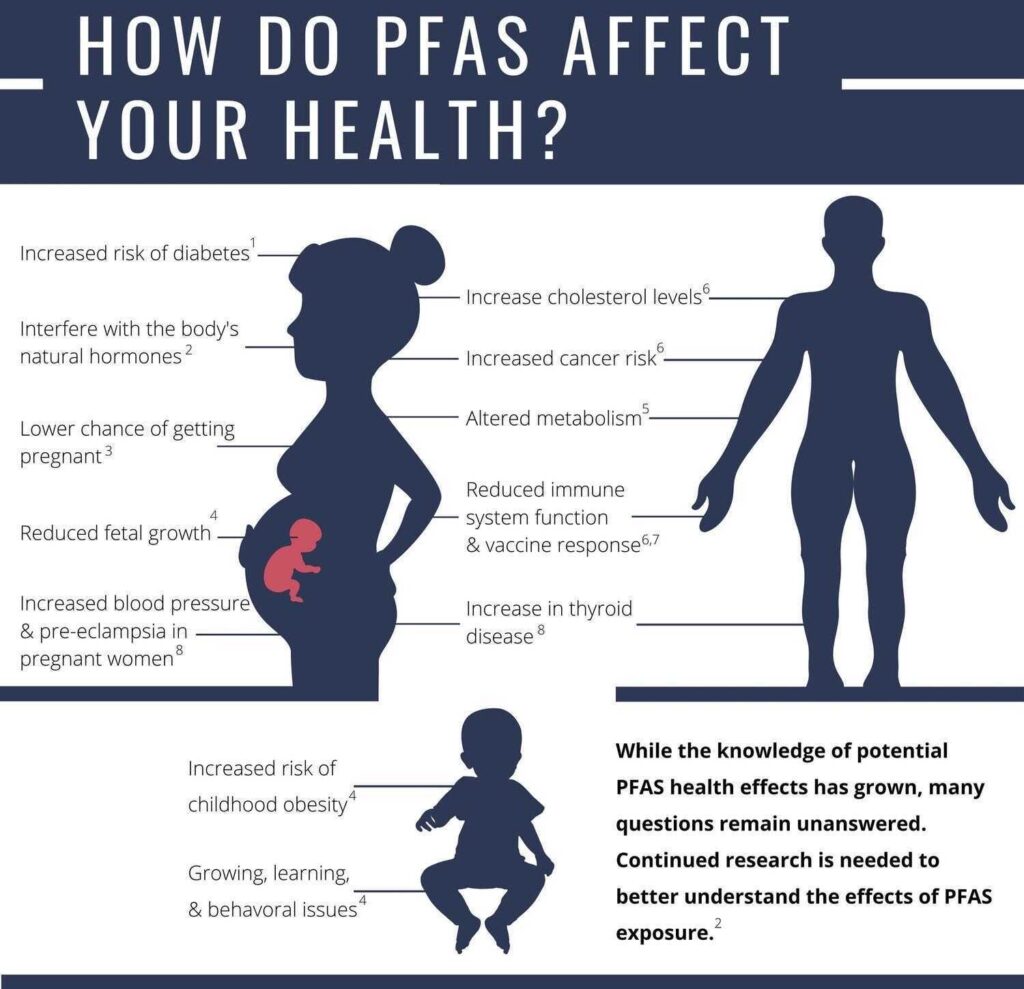The U.S. Military Emits More Carbon Dioxide Into the Atmosphere Than Entire Countries Like Denmark or Portugal
But no one knows exactly how much, because the Pentagon’s reporting is spotty. A Humvee gets between four and eight miles per gallon; an F-35 requires 2.37 gallons per mile.
In the fall of 2018, Neta C. Crawford, a political science professor at Boston University, prepared to teach a class on climate change designed to help students think about the issue in a big-picture way. Crawford’s research expertise is in war, so she wanted to include a statistic on the military’s contribution to greenhouse gases.
“I thought, ‘Well, maybe I should just tell them what the emissions are for the U.S. military,’” Crawford says. “It was meant to be a line on a slide in a lecture.”
But when she went to look up the figure, she couldn’t find anything reliable. Instead, she found scattered and incomplete data on how much fuel the military consumed and how much carbon it emitted. The information that did exist largely didn’t include overseas operations, even though the United States had been at war for nearly two decades. Major categories of fuel consumption, like much of the fuel used for aviation, seemed to be missing.
In 1997, the Kyoto Protocol—the world’s first legally binding, international climate treaty—created a reporting loophole for militaries, exempting many of the greenhouse gases emitted during military operations from counting against a country’s emissions totals. While the 2015 Paris Accords did away with this exemption, they didn’t replace it with an obligation. Rather, the decision of whether to report military emissions—and how to calculate them—was left up to individual countries.
The result is a gap in our understanding of the United States’ climate footprint. Research from academics like Crawford, who now studies the issue, shows that the Department of Defense is a major producer of greenhouse gases, with more emissions than many industrialized nations. The United States—and other countries—have said they are committed to reducing military emissions, and earlier this summer, NATO released its Action Plan on Climate Change and Security, acknowledging that better emissions data would help guide member states’ military planning. But there is no consistent methodology and reporting requirement for these emissions. As the United States and other countries work toward net-zero emissions by 2050, Crawford and others say, the lack of clear data from the U.S. Defense Department—the world’s largest employer—and other militaries is a major stumbling block.
“We’ve got these kind of just little fragmentary bits of information and data about how big this problem is,” says Doug Weir, the research and policy director for the U.K.-based Conflict and Environment Observatory, which studies and works to reduce the environmental consequences of military activity. “Until states actually start reporting it, then you can’t really do anything about it.”
On the final evening of negotiations for the Kyoto Protocol, at the end of an all-night session in December 1997, U.S. negotiators pushed through one last demand. The final draft of the climate agreement included two sentences that exempted emissions from multilateral operations—activities that involve more than two countries—and from ships and aircraft involved in international transport. That meant that much of the carbon emitted during U.S. military operations overseas would not need to be tracked and reported to the United Nations—which was effectively the negotiators’ goal. In testimony to Congress on the Kyoto negotiations, the U.S. lead negotiator, Stuart Eizenstat, stated, “We achieved everything [the Department of Defense] outlined as necessary to protect military operations and our national security.” (In the same hearing, Sen. John Kerry, now the U.S special presidential envoy for climate, praised Eizenstat, saying, “I thought it was a terrific job, and I thank you for it.”)
Ultimately, the United States never even ratified the Kyoto Protocol—largely because of concerns that countries such as India and China weren’t required to reduce emissions—but the damage was done. The U.S. military was not required to develop a methodology for tracking its carbon emissions, and the militaries of other countries that did ratify the treaty remained largely exempt from reporting.
Nearly 20 years later, the 2015 climate agreement signed in Paris did away with the automatic exemption for military emissions. Now, the choice of whether or not to report those emissions—and what, exactly, to report if a country chooses to do so—is left up to individual governments. As a result, the full picture of military emissions, from the United States and other countries, is still unclear.
“The level of reporting between countries varies a lot,” says Linsey Cottrell, the environmental policy officer at the Conflict and Environment Observatory. “Sometimes reporting is not occurring, [or] it’s reported elsewhere. So it’s hard to determine what contribution the military makes to the overall totals.”
The United States does report military emissions to the United Nations—sort of. The United Nations Intergovernmental Panel on Climate Change says that military emissions, if reported, should be included in a category marked “nonspecified.” That same category also includes things like civilian waste incineration, so it’s essentially impossible to parse out which specific emissions come from military sources. And certain major military sources of emissions—like fuel during multilateral operations—are listed in the United States’ reporting as “included elsewhere,” though it’s unclear where. Other categories of military fuel consumption aren’t reported at all.
“It’s like a giant jigsaw puzzle,” Crawford says. “And some of the puzzle pieces are in different units and forms.”

Crawford’s hunt for a clear statistic on military emissions to show her class led her to a new research focus: trying to puzzle out just how much fuel the U.S. military consumes and thus how much carbon it emits. Using Department of Energy data, Crawford found that the U.S. military is a major polluter. Since the beginning of the Global War on Terror in 2001, the military has produced more than 1.2 billion metric tons of greenhouse gases. Crawford acknowledges her data is likely incomplete—but even with the available data, she found that the U.S. military emits more than entire countries like Portugal and Denmark, and that the Department of Defense accounts for nearly 80% of the federal government’s fuel consumption.
Some of this is because the U.S military owns a lot of property—and has a lot of buildings to heat and power. In 2018, the Defense Department had some 585,000 facilities, spread over 27 million acres in 160 different countries. Each of these buildings emit greenhouse gases; in 2013, Crawford’s report found, the Pentagon building itself emitted more than 24,000 metric tons of carbon dioxide equivalent. Crawford found that installations account for about a third of Defense Department energy consumption. But the overall number has slowly decreased over the last decade, in large part due to energy initiatives across the service branches.
The vast majority of military emissions come from operations—moving people and things around. The workhorse equipment needed to accomplish this task, particularly when it’s built to withstand combat, can be notoriously inefficient, Crawford’s report notes. Even nonarmored vehicles guzzle gas: A Humvee gets between four and eight miles per gallon. But by far, the most fuel-thirsty equipment in the military is aircraft. In fact, of the 100 million gallons of fuel the Defense Logistics Agency bought in 2018, about 70 million gallons were jet fuel.
But the United States’ reporting of military fuel consumption omits much of the fuel used to power aircraft and ships, particularly those operating overseas. The government’s own description of how it calculates international military transportation fuel for greenhouse gas emissions specifies that all Army and most Marine Corps fuel, and any fuel delivered outside of the United States, not be counted. This leads to huge gaps in reporting, Crawford says.
“You have to count it,” Crawford says. “Jet fuel is the biggest greenhouse gas from the military.”
Take the F-35, DOD’s controversial replacement for the F-16. The new plane burns more fuel than its predecessor: about 5,600 liters of fuel per hour, versus 3,500 liters per hour for the F-16, according to the newspaper Dagsavisen in Norway, where environmentalists have protested the purchase of the planes. Crawford calculated that the Air Force’s version of the plane, the F-35A, gets about 2.37 gallons per nautical mile. Note that’s not miles per gallon—that’s 2.37 gallons of fuel burned for every mile traveled. On a single tank of gas, one plane can produce almost 28 metric tons of carbon dioxide equivalent. The United States plans to buy close to 2,500 of the planes, with the expectation that they’ll fly until at least 2070.

Military equipment is purchased with the understanding that it will be around for a long time, which critics argue contributes to the difficulty of reducing military emissions.
“They can’t just switch off [the F-35 program],” says Oliver Belcher, a professor at Durham University who has studied military emissions by tracking Defense Logistics Agency fuel purchases. “Despite these sort of pronouncements to green the military and all the rest of it, every major weapon system developed, from fighter jets to aircraft carriers to you name it, is extremely carbon-intensive. … Weapons systems lock in certain carbon-intensive technologies.”
Part of the difficulty in tracking military emissions is there are so many moving parts. A military is a sprawling, bureaucratic apparatus, with people and things constantly going in different directions.
“When you’re in a theater of operations, there isn’t somebody there who’s accounting for every single bit of, this Humvee goes here, and that Humvee goes there,” Belcher says. “[It’s] extremely difficult to keep track of.”
Belcher’s research works to develop better methodologies for tracking and estimating military emissions. He’s not the only one. Last summer, in its climate change action plan, NATO announced that for the first time, it would develop a way to help member states calculate their military emissions. It also floated the possibility of helping member nations develop targets for military emissions reductions—though it noted that any reduction targets would be voluntary.
Weir was skeptical that the plan will include comprehensive emissions accounting. But, he says, any mention of reducing military emissions is welcome progress. “The fact is it’s on the agenda. It’s being talked about.”
Militaries themselves are taking notice. Last month, the head of the United Kingdom’s Royal Air Force, Sir Mike Wigston, announced plans for the service to reach net-zero carbon emissions by 2040, a decade earlier than the United Kingdom has legally committed to reach net zero across the country. He highlighted sourcing jet fuel from more sustainable sources, like ethanol or recycled waste oil, and a zero-emissions aircraft flying by the end of the decade.
“I’ve been working on these issues for quite a long time,” Weir says. “The change in dynamic around this topic over the last 18 months has been pretty astonishing.”
In early November, Deputy Defense Secretary Kathleen Hicks said President Joe Biden’s goal of reaching net-zero greenhouse gas emissions by 2050 would affect the Defense Department. “The department is committed to meeting the challenge, by making significant changes in our use of energy and increasing our investments in clean energy technology,” she said. Hicks highlighted a more sustainable supply chain, as well as a zero-emissions nontactical vehicle fleet and hybrid-electric tactical vehicles, as among the department’s goals. “As a nation and a department, we must do our part to mitigate climate change itself.”
At the beginning of November, as world leaders met in Glasgow for the COP26 climate summit, Crawford, Belcher, Weir, and Cottrell, along with other academics and activists, gathered in an Arctic basecamp tent in the city for a panel discussion on the state of military emissions and to launch a new website dedicated to corralling disparate emissions reporting. The site pulls government reporting on countries’ military emissions, as well as data like gross domestic product and military expenditure, into one database to make comparisons between countries easier and to show more clearly the state of reporting.
Although military emissions were not on the formal agenda at the United Nations meeting, more than 200 civil society organizations, including Amnesty International and Human Rights Watch, signed on to the Conflict and Environment Observatory’s call for governments to commit to meaningful emissions reductions ahead of the summit. During protests at COP26, climate activists called out the U.S. military specifically for its role in climate change.
“Not only have Western-induced wars led to the spikes in the carbon emissions, they have led to use of depleted uranium and they have caused poisoning of air and water,” Ayisha Siddiqa, a Pakistani climate activist, told a crowd during a youth protest.
“What we’re trying to do at COP26 is really get this on the agenda for COP27,” Belcher says.
Belcher and Crawford say the military is taking the threat of climate change seriously, and they acknowledge some of its green initiatives. But they argue that in the absence of reporting requirements, there’s a lack of real accountability. That makes it easy to avoid confronting some of the tougher questions about military operations and climate change—things like continued investment in carbon-intensive technologies, or “national security” as an automatic trump card.
But in the face of a global crisis, not thinking through those trade-offs head-on is a mistake, Crawford says. “You have to start questioning everything,” she says. “We don’t have time to have unquestioned assumptions.”
This War Horse feature was reported by Sonner Kehrt, edited by Kelly Kennedy, fact-checked by Ben Kalin, and copy-edited by Mitchell Hansen-Dewar. Kehrt is based in California. Her work has appeared in The New York Times, Wired Magazine, The Verge, and other publications. She studied government at the U.S. Coast Guard Academy and served for five years as a Coast Guard officer before earning a master’s in democracy studies from Georgetown University and a master’s of journalism degree from UC Berkeley.










